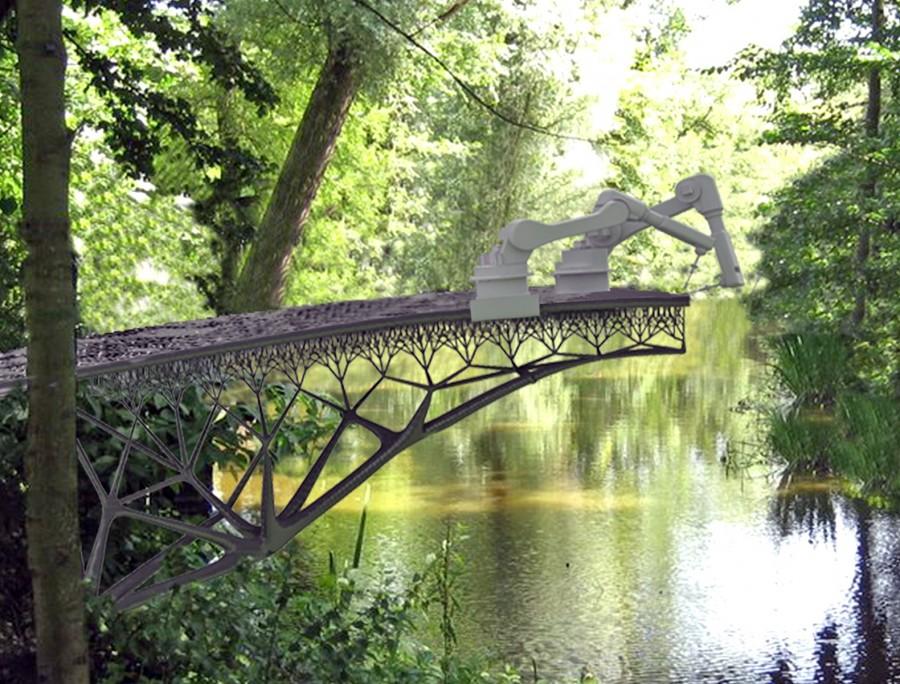Printing the Future in 3D
February 5, 2016
The world continues to be amazed at the growing technology of 3D Printing as it grows in its capabilities, furthering the ways we can utilize it in everyday life.
The technological phenomenon of 3D printing started with an engineer named Charles Hull who, at the time, worked at UVP Inc. as a small manufacturer of UV products. UVP produced UV lamps that would solidify the photopolymers used to create thin layers of hard coatings for furniture. Hull used this technology to think of a way to stack these layers and using other materials to create objects. He then put this to use by printing a small plastic cup. He first called this process stereolithography which he patented in 1986.
At first, 3D printing was not very impressive to potential buyers and Hull had a hard time selling his printers mainly because the items printed were usually fragile and made mostly from plastic. At the time the only people interested were automotive manufacturers but not long after other businesses realized its potential and Hull was finally able to further the capabilities of his invention. Today Hull is the co-founder and Chief Technology Officer of 3D Systems and has more than 60 U.S patents.
Since its creation, 3D printing has accomplished many things like the 3D printed drone that can reach speeds of around 200 mph or the living organs being printed for transplant patients. Last year a tech startup called MX3D started building a bridge in Amsterdam that is completely 3D printed and entirely built by robots that can 3D print the pieces while building the bridge.
Teachers and students here at Coronado seem to have some knowledge and interest in 3D printing like Mr. McLean, who said, “3D printing allows students to take things beyond the theoretical… it takes modeling and prototyping to a whole new level… if you think about it, it’s the closest thing we have to magic.”
3D printing may be what brings society to the next era of technology and is sure to keep people fascinated with what it can do for a very long time.


